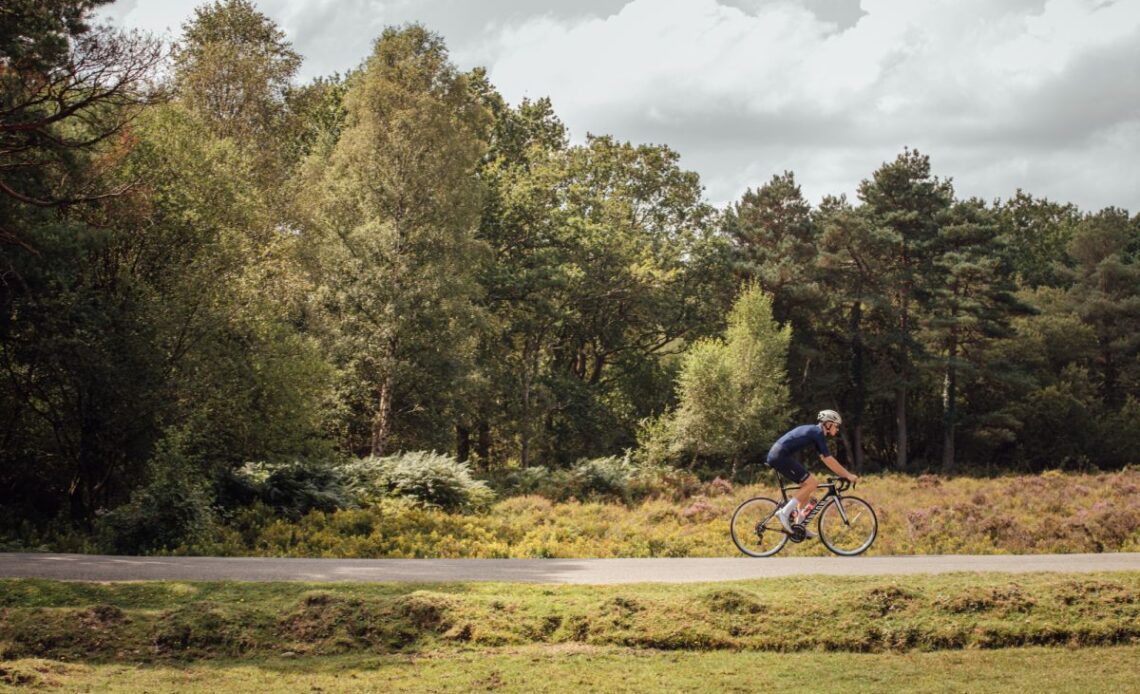If you’re looking to build your cycling endurance, going on long rides and sticking faithfully to the right (i.e. low) intensity is a vitally important part of a well-balanced training plan for developing this area of your fitness. We’ll discuss whether heart rate or power readings are best to use for pacing your long rides, and the reasons behind this approach…
There are three ways in which you can quantify how hard an effort or training session was:
Internal load: this is how hard your body had to work – by wearing a heart rate monitor we can use heart rate (HR) as a measure of how hard your body is having to work
External load: how much energy your body produced – by fitting a power meter we can use power output to quantify how much work you have done
Subjective load: how hard you found the effort – typically we use the rate of perceived exertion (RPE) scale (either from 1-10 or 6-20) and then multiply this by the duration of the session
All three are perfectly viable and valid options for building your cycling endurance, the tricky thing is that we get slightly different answers from all these approaches. The reason is that all three of these measures are influenced by external factors. For example, your HR might be high for a given power if you are exercising in hot conditions, power output might be lower for a given HR if you are exercising at altitude and RPE at a given power and HR might be lower if you are doing a group ride as opposed to a solo ride.
(Image credit: Future)
It is important to remember that is that there is no hierarchy in terms of these measures, one isn’t better or worse than the other(s). They all tell us something slightly different about a training session and thus, the best approach is to use them all to properly describe a training session.
When I prescribe endurance rides to the athletes I work with I will typically give a band of intensities to work with; a range of power outputs, a corresponding range of HR values and a range of RPE values. However, as riders fatigue, these values tend to diverge from one another. For example, late in an endurance ride, it might feel harder and harder to maintain a certain power output or HR might start to drift upwards. As this happens, I will typically suggest athletes maintain the internal and subjective measures (HR and RPE) at a consistent level rather than the external measure (power output).
The reason for this divergence is that the physiological thresholds and as a…

